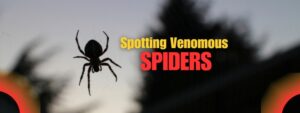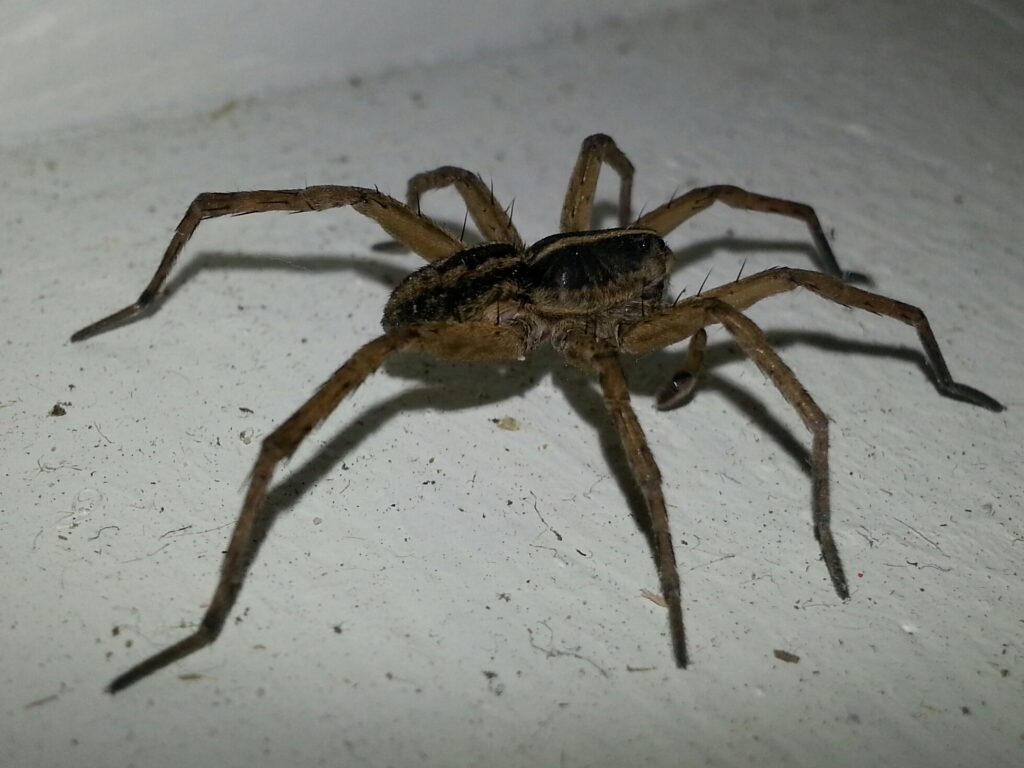 Spiders are nature's master weavers and formidable hunters, silently coexisting with us in the corners of our homes and gardens. While most spider species are harmless and can even be beneficial by reigning in household pests, a select few raise genuine safety and wellness concerns.
The most venomous spider in Guelph demands awareness and caution—not panic. It is the notorious Black Widow, whose distinct red hourglass marking is as striking as the potential danger it represents. As homeowners, understanding how to acknowledge these creatures' presence without undue alarm is essential.
Professional pest control services from Truly Nolen are the prudent choice for ensuring your living spaces remain safe and peaceful retreats. Equipped with expertise and environmentally conscious methods, our services provide a shield against unwanted and potentially venomous guests. Assurance comes with knowledge and the empowerment of skilled intervention to keep spiders away, securing the sanctuary that is your home.
This guide is here to help you distinguish between the common, harmless house spiders and their venomous counterparts, arm you with prevention strategies, and, most importantly, share why Truly Nolen should be your trusted ally in safeguarding your home against these formidable foes.
Spiders are nature's master weavers and formidable hunters, silently coexisting with us in the corners of our homes and gardens. While most spider species are harmless and can even be beneficial by reigning in household pests, a select few raise genuine safety and wellness concerns.
The most venomous spider in Guelph demands awareness and caution—not panic. It is the notorious Black Widow, whose distinct red hourglass marking is as striking as the potential danger it represents. As homeowners, understanding how to acknowledge these creatures' presence without undue alarm is essential.
Professional pest control services from Truly Nolen are the prudent choice for ensuring your living spaces remain safe and peaceful retreats. Equipped with expertise and environmentally conscious methods, our services provide a shield against unwanted and potentially venomous guests. Assurance comes with knowledge and the empowerment of skilled intervention to keep spiders away, securing the sanctuary that is your home.
This guide is here to help you distinguish between the common, harmless house spiders and their venomous counterparts, arm you with prevention strategies, and, most importantly, share why Truly Nolen should be your trusted ally in safeguarding your home against these formidable foes.
A Primer on the Black Widow Species
Before you start evacuating each spider through a drawn-out process of cup and cardboard, discernment is key. The black widow spider, scientifically known as Latrodectus mactans, is a venomous arachnid commonly found in various regions worldwide. Recognizable by its glossy black body and red hourglass-shaped marking on the underside of its abdomen, the black widow is notorious for its potent neurotoxic venom. These spiders prefer dark, secluded areas such as woodpiles, sheds, and outdoor structures. While encounters with black widows are rare and bites are typically defensive, their venom can cause severe symptoms in humans, necessitating prompt medical attention. Understanding their habits and habitats is crucial in minimizing interactions with these reclusive yet potentially dangerous spiders.Black Widow Spider Hiding Spots in and Around Your Home
Black widow spiders tend to seek out dark, sheltered areas for nesting and hiding. Common places where homeowners may encounter black widows include outdoor structures like sheds, garages, and woodpiles. These spiders are adept at weaving irregular, tangled webs in corners, crevices, and undisturbed areas, providing them with a secure retreat to lay eggs and await prey. Additionally, black widows can be found in outdoor vegetation such as bushes, shrubs, and dense foliage, especially in warm climates. Indoors, black widows may hide in cluttered basements, attics, crawl spaces, and storage areas. They prefer undisturbed locations with minimal human activity where they can thrive undetected. Understanding the typical hiding spots and preferred habitats of black widow spiders empowers homeowners to take proactive measures to reduce potential encounters and create an environment less conducive to these arachnids.

